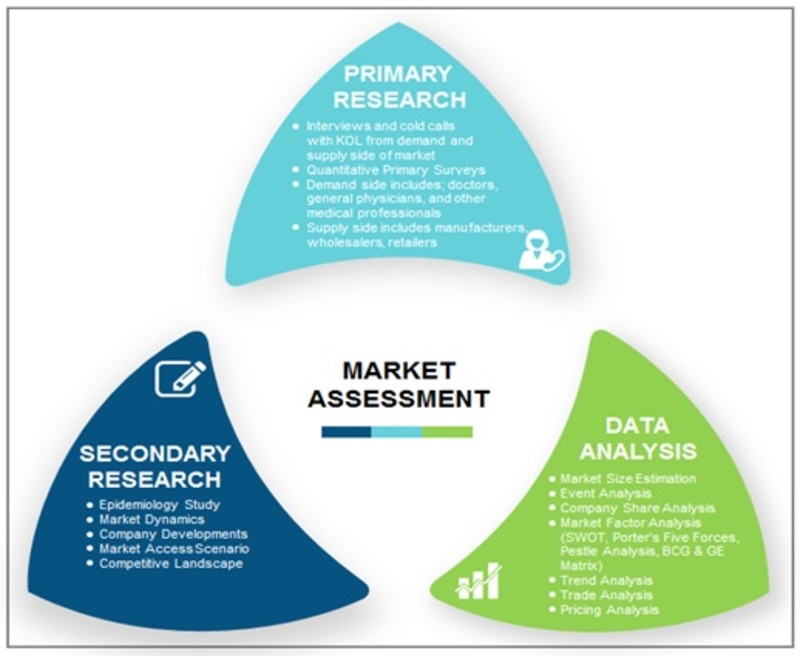Written By- http://www.stonestationelevator.com/markets/stocks.php?article=pressadvantage-2024-7-16-brinton-vision-proud-to-serve-st-louis-with-lasik-and-eye-care-needs
When contemplating the selection in between standard cataract surgical procedure and laser-assisted techniques, you might find yourself evaluating the advantages and drawbacks each method supplies. The choice exceeds the surface area degree of price and precision, diving right into the realm of long-term outcomes and patient complete satisfaction. As you navigate through the intricacies of these two methods, it ends up being vital to comprehend the nuanced details that can considerably influence your aesthetic quality and general experience. Keep tuned to discover the critical variables that will certainly lead your decision-making procedure in this critical aspect of eye care.
Typical Cataract Surgical Procedure Advantages And Disadvantages
When taking into consideration conventional cataract surgery, you may find that it's a reputable and widely-used technique. In this treatment, a cosmetic surgeon makes a tiny laceration in the eye and uses ultrasound to break up the cloudy lens prior to removing it. As soon as the cataract is eliminated, a fabricated lens is placed to bring back clear vision.
One of the major benefits of typical cataract surgery is its performance history of success. Many patients have had their vision dramatically enhanced via this procedure. Additionally, standard surgical procedure is often covered by insurance policy, making it a more available option for numerous individuals.
Nevertheless, there are some disadvantages to traditional cataract surgery also. Recuperation time can be longer contrasted to newer methods, and there's a somewhat greater danger of issues such as infection or swelling. Some individuals may also experience astigmatism or call for reading glasses post-surgery.
Laser-Assisted Techniques Advantages And Disadvantages
Discovering laser-assisted strategies for cataract surgery reveals a contemporary strategy that makes use of laser modern technology to execute vital steps in the procedure. One of the key benefits of laser-assisted cataract surgical treatment is its accuracy. The laser enables very precise incisions, which can result in much better aesthetic end results. Furthermore, using https://www.webmd.com/eye-health/ss/slideshow-reasons-for-droopy-eyelids can lower the quantity of ultrasound power needed during the surgery, possibly lowering the risk of difficulties such as corneal damage.
On the drawback, laser-assisted methods can be a lot more expensive contrasted to standard methods. This expense mightn't be covered by insurance, making it much less easily accessible to some clients.
An additional factor to consider is that not all cataract specialists are learnt laser technology, which could limit your choices for selecting a surgeon.
Finally, while the laser can automate specific aspects of the procedure, the surgical treatment still requires a skilled specialist to make sure effective results.
Relative Analysis of Both Techniques
For a detailed understanding of cataract surgical procedure methods, it's important to conduct a comparative evaluation of both traditional and laser-assisted methods.
Conventional cataract surgical procedure entails hand-operated cuts and the use of handheld tools to break up and remove the gloomy lens.
On the other hand, laser-assisted cataract surgical treatment uses sophisticated innovation to produce specific incisions and separate the cataract with laser energy before removing it.
In regards to precision, laser-assisted methods supply a greater degree of precision contrasted to conventional approaches. Making use of lasers permits modification of the treatment based upon each person's eye anatomy, potentially leading to much better visual results.
Nevertheless, laser-assisted cataract surgical treatment has a tendency to be more pricey than conventional surgical treatment, which might limit ease of access for some individuals.
While both techniques work in recovering vision impaired by cataracts, the option between typical and laser-assisted methods typically relies on factors such as expense, precision, and private patient requirements.
Consulting with your ophthalmologist can assist determine one of the most ideal approach for your cataract surgical treatment.
Conclusion
Finally, when making a decision in between typical cataract surgical treatment and laser-assisted methods, consider factors like expense, accuracy, and private needs. Traditional surgery uses a proven performance history and insurance coverage yet might feature longer recuperation times. Laser-assisted strategies offer higher precision and personalization however can be a lot more costly and not always covered by insurance policy. Ultimately, the option between both approaches depends on what is crucial to you and your certain situation.

